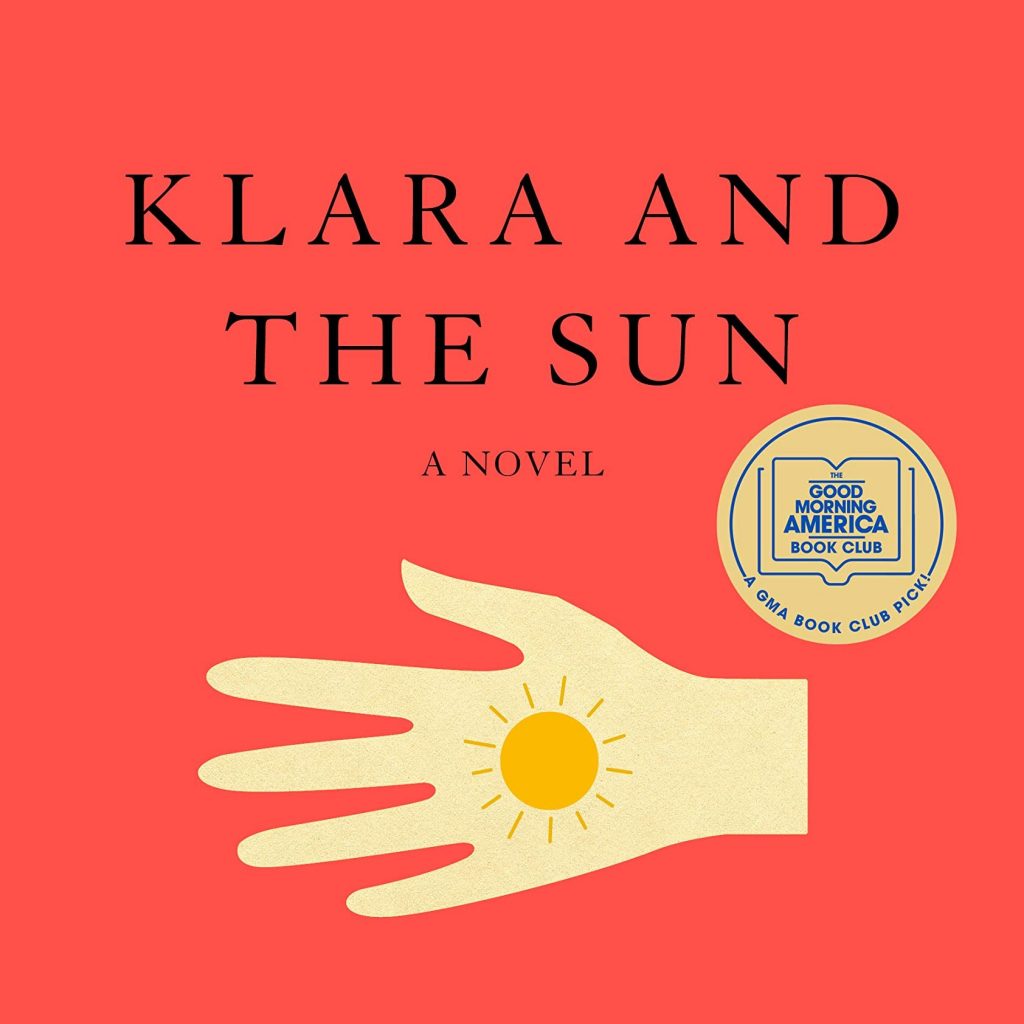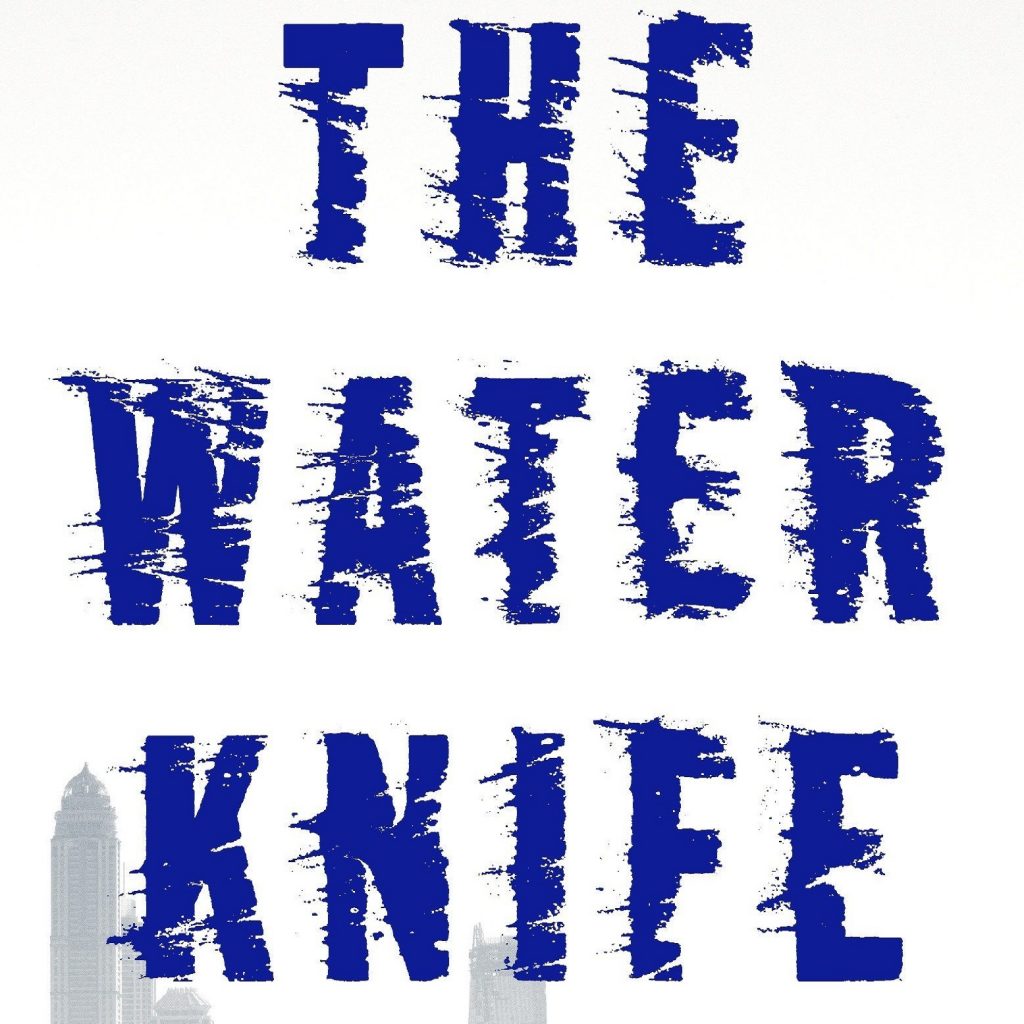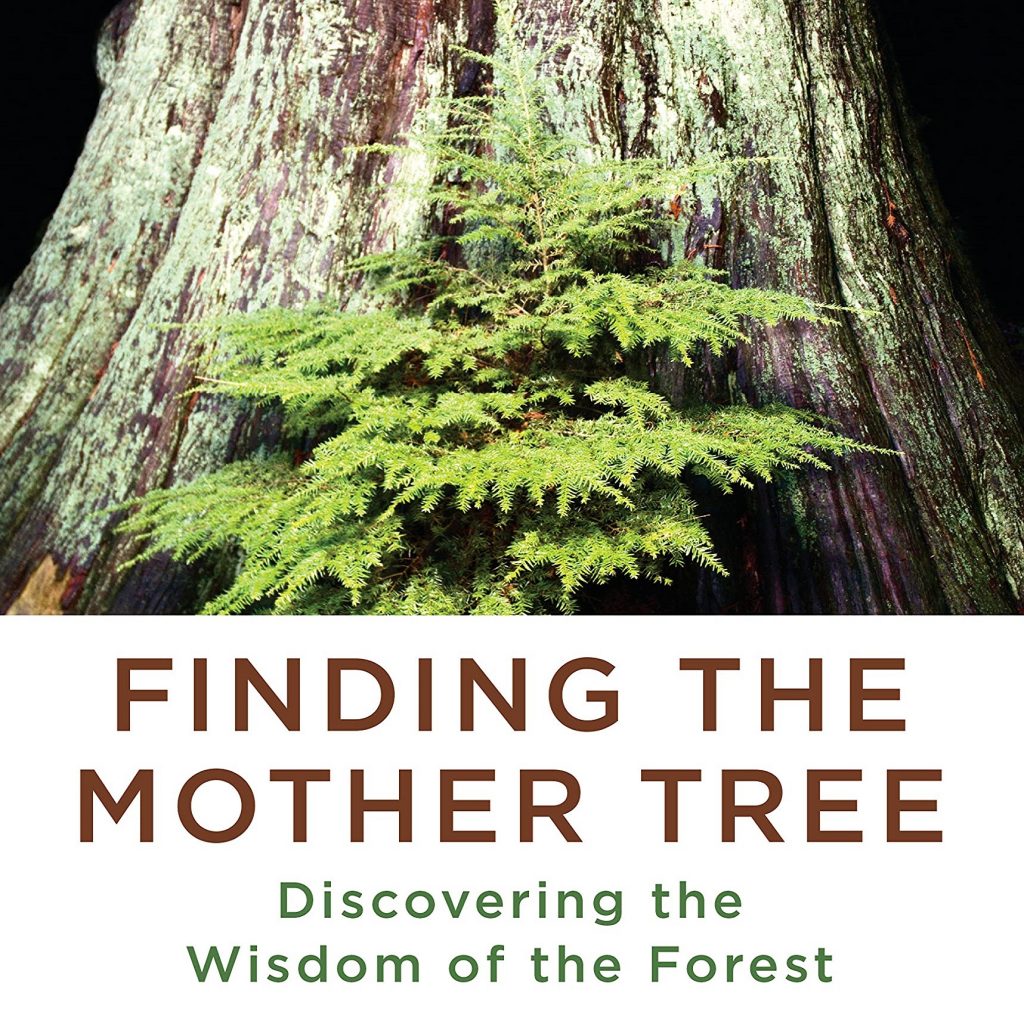
Program: December 9th, 2021 7:00pm, Salmon Public Library
On the surface, this is a simple tale of a near-futuristic society where automation has replaced many people in the workforce, children can be engineered to have superior intelligence, and people can acquire Artificial Friends—AI robots. Klara is one such robot, and the story is told from “her” point of view. The deceptively simple language and casual pacing belie the deep issues the story explores. Readers will end up grappling with questions about automation, empathy, caregiving, love and whether a person can be effectively replaced by a machine. What responsibility will humans have for the “well-being” of these machines? Other details of the fictional society offer a chance to ask what directions we hope artificial intelligence will take humanity. Readers might forever think differently about the word “robot.”

Program: January 13th, 2022 7:00pm, Salmon Public Library
The novel opens with Angel Velasquez, a water knife, doing his job—cutting off water to an entire city at the behest of Catherine Case, a water baron. We soon meet Maria Villarosa, one of the hordes of displaced people from Texas, and Lucy Monroe, a journalist who knows too many things other people want to find out. Meanwhile, California, Arizona, Utah, and Nevada are all fighting for the same water in the courts. Unlikely alliances develop. Beliefs and loyalties are challenged. This genre-bender is part noir crime thriller, part dystopian fiction, sometimes violent, and often dark.

Program: February 3rd, 2022 7:00pm Salmon Public Library
Suzanne Simard grew up in rural British Columbia on land her family had logged for generations. She does not remember a time when she wasn’t immersed in the natural world, and she always felt a connection to the trees. She relates an incident from her childhood which made her determined to study how all the elements of the natural world were related when she grew up.
Simard studied forestry and worked in the timber industry but became increasingly troubled by the contradictions between the science underpinning industrial timber production and her instincts and observations about the forests she was hired to “treat.” Despite obstacles and ridicule, she became a pioneering researcher who developed a scientific understanding of how a forest is a vast web of interconnection. Her experiments demonstrated how underground fungal networks allow trees to support one another’s well-being by sharing nutrients and communicating about pests. Her research upends a model that views competition among species or individual trees as the driving factor in forest growth. This is a personal story of the life and work of a scientist working at the cusp of a paradigm shift.